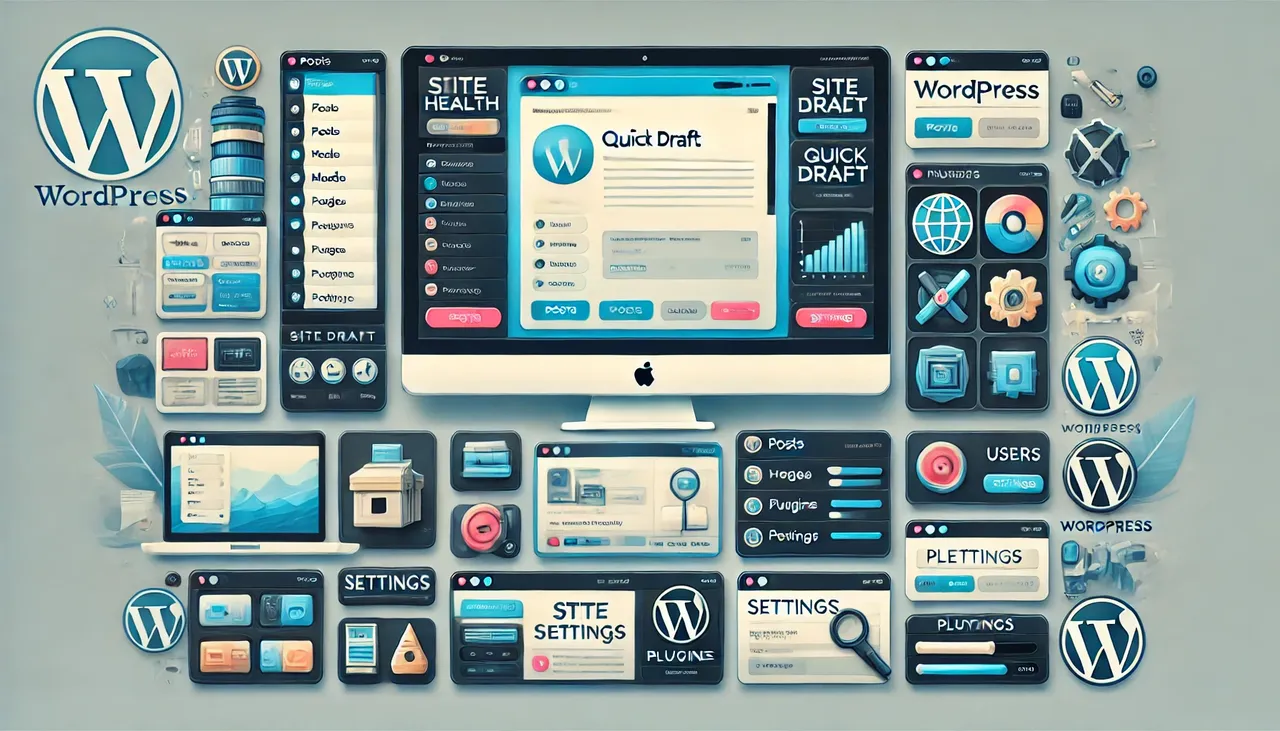Administrator

Administrator in WordPress – The role of an administrator in WordPress is of utmost significance, as it grants unparalleled access and control over the WordPress admin area.
Administrators, typically site owners or trusted users, possess full authority to manage and maintain a WordPress website.
Their privileges encompass the ability to add, remove, and delete other users with the same role.
In WordPress multisite installations, a super administrator role exists, conferring admin rights over the entire network.
Super administrators can modify themes, add new users, and incorporate plugins across all sites within the network.
This article delves into the criticality of the administrator role in WordPress, elucidates the extent of administrator access, and outlines best practices for maintaining security and control.
TL;DR
Hide- The administrator role in WordPress provides unrestricted access to the admin area and is suitable for site owners and trusted users.
- Super administrators in WordPress multisite installations have admin rights over the entire network and can modify themes, add users, and add plugins on every site.
- The WordPress admin area is the control panel for the website and allows users to manage content, add features, install plugins, and change themes.
- Administrators can easily add or delete other administrators from the WordPress dashboard, and it is recommended to choose a custom admin username for security reasons.
What is Administrator in WordPress? The Importance of the Administrator Role in WordPress
The administrator role in WordPress is crucial for maintaining unrestricted access and control over the website’s admin area, allowing site owners and trusted users to effectively manage content, install plugins, and change themes.
Being an administrator comes with several benefits.
Firstly, administrators have the power to add, remove, and delete other users with the same role, providing them with control over the website’s user base.
Also read:
- What is WordPress? Your Introduction to WordPress
- Why Use WordPress? 10 Reasons to Start Using WordPress
- How to Start a WordPress Blog
Additionally, administrators have the ability to add new administrators, granting them the responsibility of managing and maintaining the website’s backend.
Administrators also play a crucial role in ensuring the security of the WordPress website, as they have the authority to change the admin username, a recommended practice for enhancing security.
Overall, the responsibilities of a WordPress administrator encompass maintaining control, managing users, and preserving the security and functionality of the website, especially to access the admin bar.
Understanding the Scope of Administrator Access in WordPress
One of the default user roles in WordPress, the administrator role encompasses a wide range of privileges and permissions within the WordPress admin area.
Administrators have unrestricted access and control over the entire website, allowing them to manage users and content effectively.
They have the authority to add, remove, and delete other users with the same role, giving them the power to shape the website’s user base.
Administrators can create, edit, and delete content, ensuring the website’s information is up-to-date and relevant.
However, despite their extensive access, administrators do have certain limitations.
For instance, they cannot modify core files, edit themes and plugins, or create, edit, or delete users on a WordPress multisite network, where these privileges are reserved for super administrators.
Overall, the scope of administrator access in WordPress is vast, providing administrators with the necessary tools to effectively manage and maintain their website.
Maintaining Security and Control: Best Practices for WordPress Administrators
Maintaining security and control in WordPress requires implementing best practices that ensure the protection and governance of the website.
To effectively secure the WordPress admin area and manage user permissions, the following best practices should be considered:
- Implement strong passwords: Admin passwords should be complex and unique, combining uppercase and lowercase letters, numbers, and special characters. This helps prevent unauthorized access to the admin area.
- Limit login attempts: Use a plugin or security tool to restrict the number of login attempts allowed. This helps protect against brute force attacks by blocking repeated failed login attempts.
- Enable two-factor authentication: Implementing two-factor authentication adds an extra layer of security by requiring users to provide a second form of verification, such as a code sent to their mobile device, in addition to their password.
- Regularly update WordPress and plugins: Keeping WordPress and plugins up to date is crucial for maintaining security. Updates often include security patches that address vulnerabilities and protect against potential threats.
